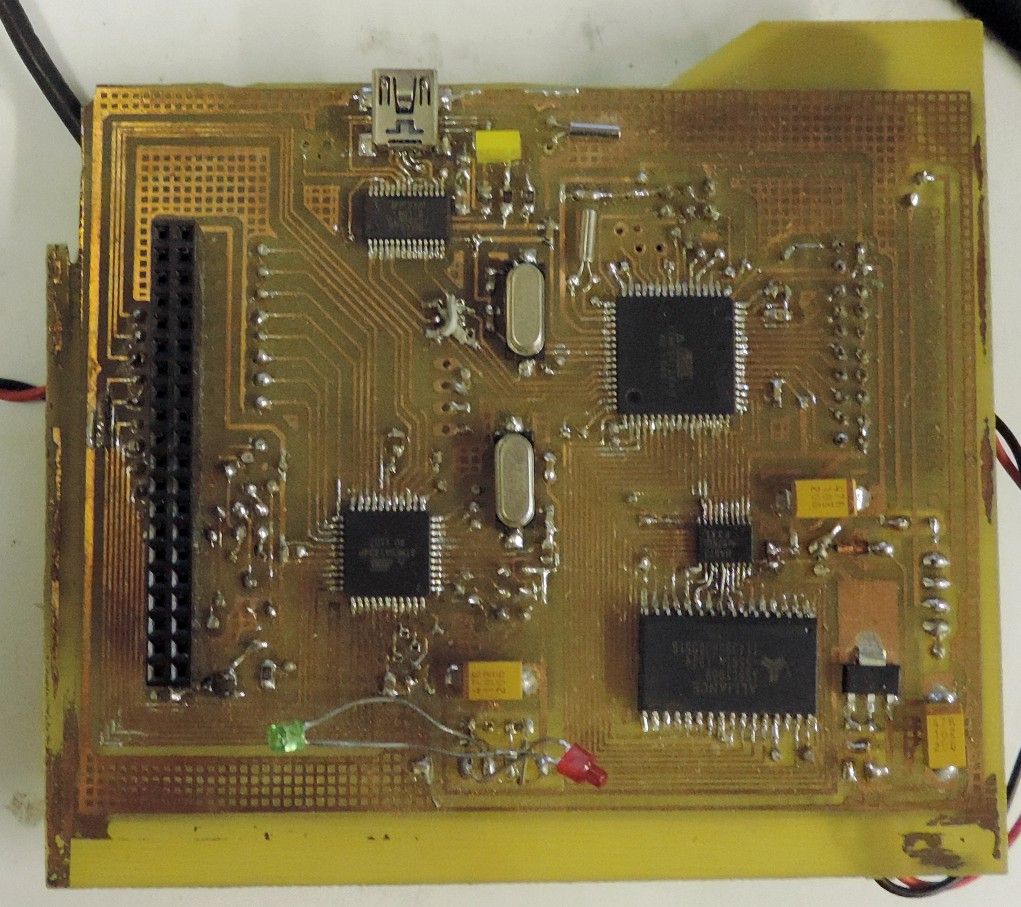Hi Stephen,
What sort of projects are you looking at? The books I mentioned give a basic introduction to interfacing with and using 'logic' chips, but don't go into great detail. In practice there are three areas you might get into:
Basic logic gates (TTL/CMOS) these days very few people use these beasts unless they have to, but some time playing around with them is worth the effort as one day sticking a NAND gate or flip-flop into a circuit might save you a huge re-design.
'Bespoke' logic chips from simple counters to complex display drivers. For these you generally just need to know the rules for wiring them up (in Mike Tooley's book) and follow the example circuits in the datasheet -usually there's enough there for you to use them as building blocks. You may often find that to 'work' these chips you need:
Microprocessors – the computer on a chip, which is 'where it's at' these days.
The best way into microprocessors isn't a book, it's buying a simple project board, such as an Arduino, for which there will be masses of free tools, support and tutorials on the web, and start playing.
You can dive straight in with micros, but learning about discrete devices and other types of chip will be a big plus when you want your projects to interface with the 'real world'.
Neil
(There are other things like FPGAs, but life's too short, sadly).
 Neil Wyatt.
Neil Wyatt.






